The Pokémon Go mobile game is a spectacular hit. Millions worldwide are playing it and augmented reality is finally on the map in a big way. So naturally, brand marketers have been thinking overtime about how to translate the love for game play and capturing, battling, and training Pokémon creatures into a marketing channel.
Brand strategists aren’t the only deer caught in the headlights of the Pokémon Go craze. If LinkedIn posts are any indication, event marketers are also pondering the possibilities of Pokémon Go-like experiences in live events. UFI CEO Kai Hattendorf wrote glowingly about the potential of augmented reality in trade shows.
The good news is that the industry won’t have to wait for a developer to build an augmented reality mobile application suitable for temporary, in-person events. CandyBAR® has existed for five years. It’s good to “go” now for brands and events wanting to tap into the excitement of Pokémon Go.
Candy Lab, the creators of the CandyBAR tool suite, refers to its product as blended augmented reality because, while it works outdoors with GPS technology, it automatically changes to Bluetooth beacon technology when users move indoors (unlike the GPS-only platform on which Pokémon Go is based).
CandyBar is a white-label mobile app that lets users view objects in the real world using the camera on their mobile devices and when they do, the augmented reality engine (located on the remote Candy Lab server) shows them an extra “layer” of content: photo, text, web URL, or video. It relies on cellular service or WiFi to function. Game strategy is built into the app with point tallies and a leaderboard.
The CandyBar dashboard allows event organizers or agencies to monitor multiple apps and campaigns and create their own customized user experiences. They can load fun facts (content), offers (a code that can be redeemed for rewards), quizzes, and the images that appear when users zero in on the GPS coordinates or beacons.
Campaign creators can set the distances within which the virtual object is discoverable so that users can actually be guided toward a destination using multiple coordinates or beacons with diminishing distance limits. They can craft hello and goodbye messages when users come within range or leave coordinates/beacon signal range.
The use cases for events are obvious: placing beacons at exhibition booths so that exhibitors can deliver bite-sized collateral to passersby, conducting giant scavenger hunts paid for by sponsors, or using the app to help attendees find and network with each other. The game interface makes it all more fun and less intrusive. The location-data byproducts are a bonus for organizers.
CandyBar was the technology behind stl250, a celebration of the 250th anniversary of the city of St. Louis, Missouri. Candy Lab helped create “Cakeway to the West,” featuring 4-foot-tall ornamental birthday cakes placed at 250 important locations around the city. Users checked in to view information about each of the sites using augmented reality and local businesses offered coupons and promotions.
Before Pokémon Go, event organizers weren’t that interested in augmented reality technology. “Prospective buyers had no idea what augmented reality was. We had to sell as location-based technology. It was frustrating having to downplay the technology we worked so hard to build,” explains Andrew Couch, co-founder of Candy Lab.
Since Pokémon Go landed, things have changed for Candy Lab. The sales pitch, “Pokémon Go experiences fully branded for the event at $1,250 a month (excluding beacons) for both iOS and Android,” immediately resonates. And while there are skeptics—event organizers who believe that game play distracts users from the actual purpose of the event—Couch’s experience proves otherwise. “It’s just not true,” he says.
The company that bootstrapped itself with funds from friends and family five years ago is now being courted by serious venture capital firms and working on ways to streamline the surge of inquiries and demo requests. “It’s put us back into no-sleep mode, that’s for sure. The sales cycle is much shorter. We have already sold a few apps this week alone,” Couch says.
While the app is user friendly and affordable, it’s only the starting point for a compelling attendee experience. Some of the reasons Pokémon Go is a success is that Nintendo leveraged the nostalgia of a popular brand in addition to utilizing proven, familiar technology. The formula will be the same for event organizers.
Setting GPS coordinates, entering beacons codes, and uploading images and content are only some of the tasks required to create a Pokémon Go-like experience. In addition to the CandyBar platform, event organizers will need to employ a creative approach that aligns with event objectives and an experienced technical team to manage beacon placement and connectivity. Luckily, the timing is right for Candy Labs and the event industry to just Go.
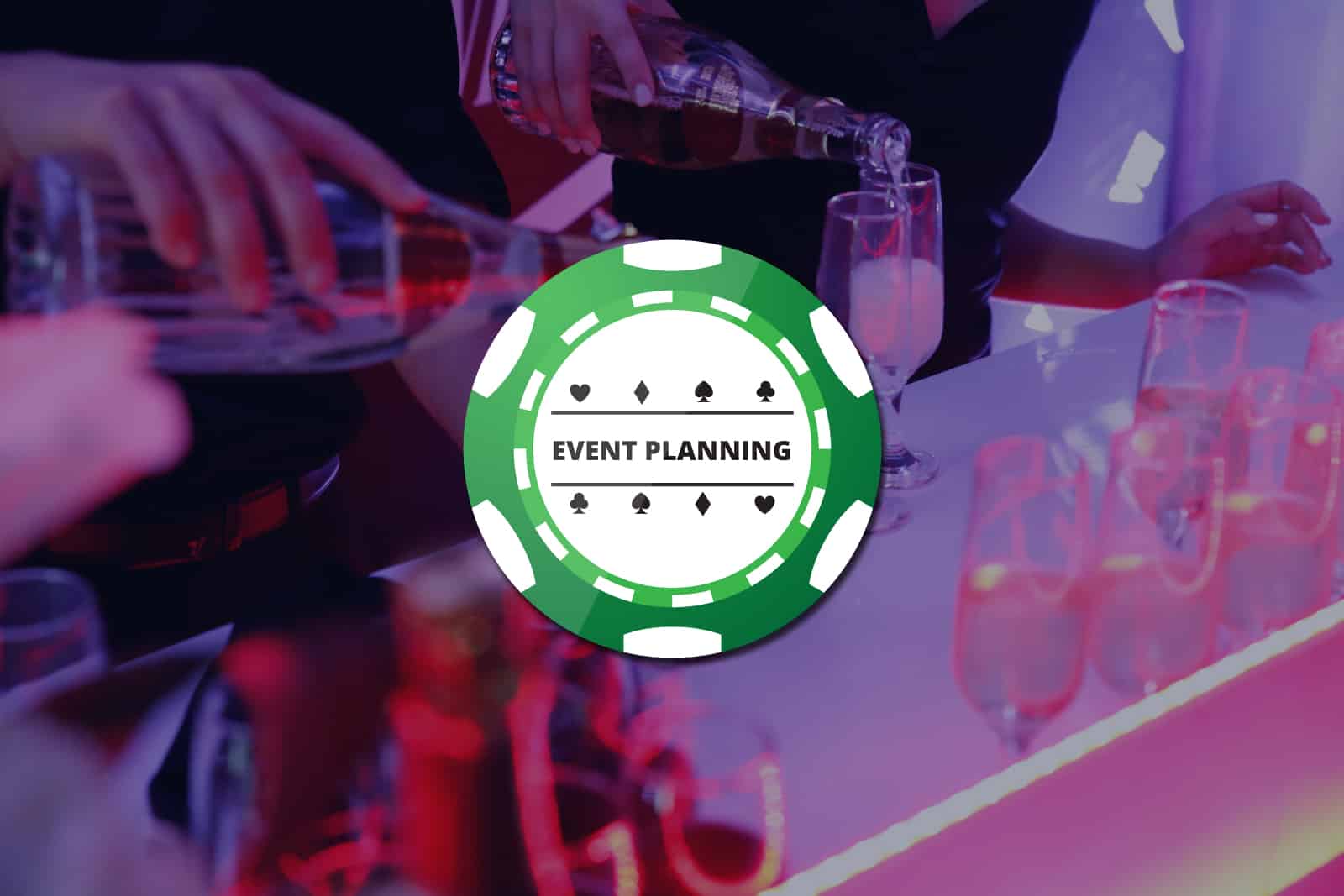
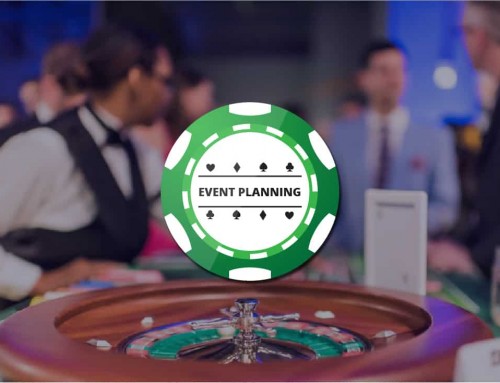
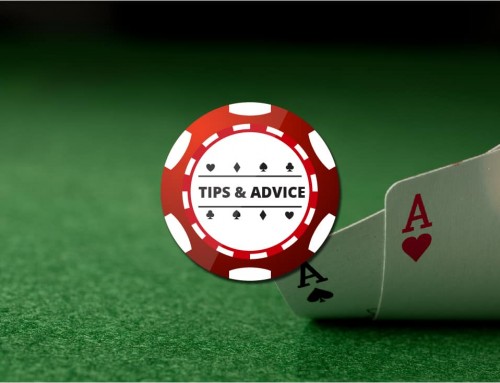
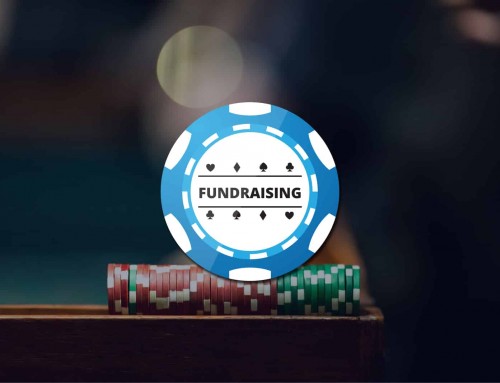
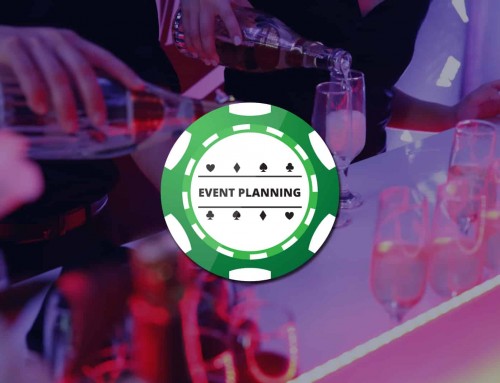
Leave A Comment